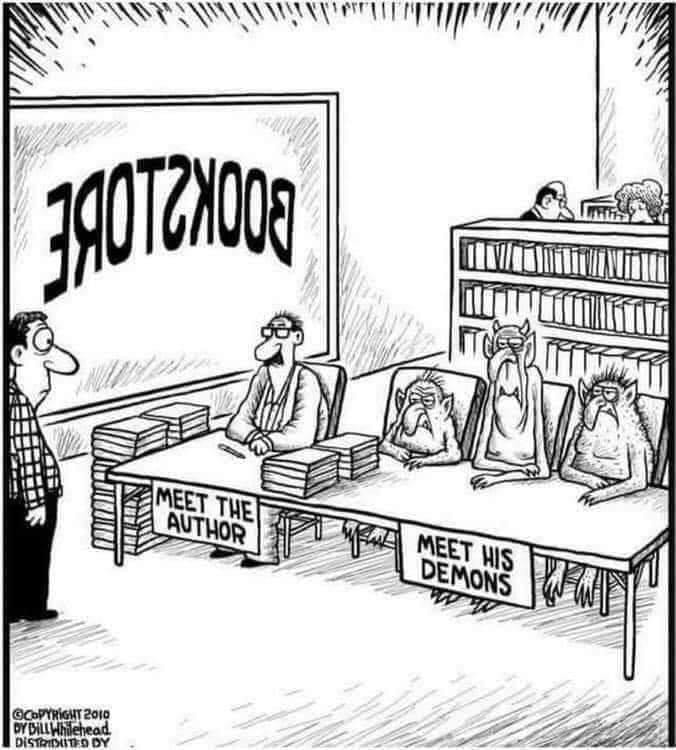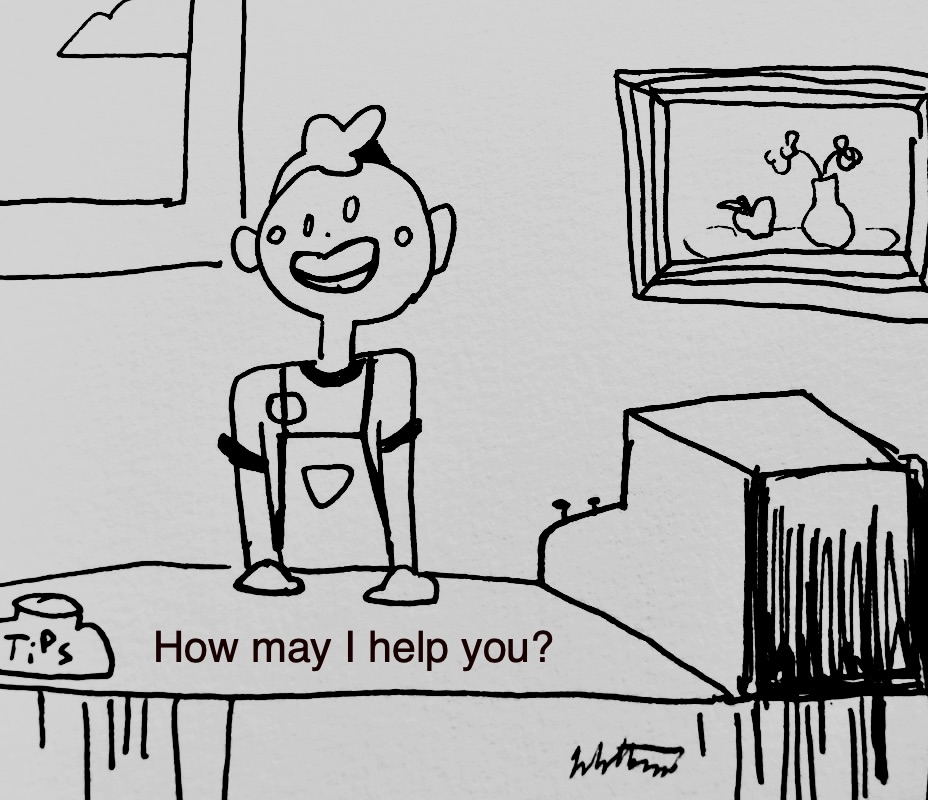After Covid Lemonade
I was in a great writing space, physically and mentally. With inspirational Lake Erie just beyond my office window and a steady stream of paid work (nonfiction, as a PR consultant and news writer), I still found time for fiction writing and editing of various personal projects. I'd sometimes take a glass of lemonade down by the waterfront and draft entire worlds while enjoying a lakefront breeze. It was a lovely mix. I felt productive and creative. I researched and studied, going to conferences at least once a year and reading everything I could to improve my craft.
I felt in control and successful as a nonfiction writer AND maybe even on the cusp of breaking into women's fiction. I'd just started sending out one of my fully-edited manuscripts and received requests for "fulls." I made it into the finals of a writer mentoring competition, and, though I didn't win, the mentor still provided wonderful feedback. She liked my project and felt I was "close."
Breaking into the publishing world has never been easy. I'm not naive. Before Covid, I knew what an uphill battle I was fighting. I prepared and adapted for that, doing everything I could to produce the best possible product, so I could beat, or at least have a shot at beating, the odds.
I was starting to see results.
Before Covid, I was feeling pretty good about this whole writing thing.
Covid.
Though horrific from a public health standpoint, I gained more free time and dove into further editing my work. I started several new projects, while putting a hold on further submissions of the manuscript I'd been shopping around. I approached Covid as a weird, scary, forced gift of seclusion and reduced responsibilities, outside my writing.
I made creative lemonade with those lemons.
What I didn't factor into the equation is just how many other writers did the same. Apparently, gallons and gallons of creative lemonade was made during Covid.
After Covid.
When everyone started coming back out of their hermit existence, it became clear that many of those equally productive writers had manuscripts in their hands, just as I did.
In the After Covid, breaking in seems even less possible. After Covid Competition? Insane.
Thousands? Millions? Gazillions of fledgling storytellers took advantage of their Covid time. Many beginning writers got their first draft down on paper, while I was editing, ad nauseam, the FINAL draft of the project I'd been working on for years. In many cases, these beginning writers were me, 20+ years ago, when I "finished" my first full-length young adult manuscript (which eventually got shoved in a drawer and won't likely see the light of day again). It took only one critique at a conference to help me realize I had a long, long way to go, and many drafts, before my work would be truly ready for submission. I learned so much from that first manuscript and applied what I learned.
In the After Covid, it is rumored that agents and publishers were (still are) hammered with many times the usual number of submissions. Despite all I've put into making my manuscript as reader-ready as can be, I am fighting for desk space with quadruple the number of competitors — both newbies and veterans — who had Covid time on their hands, too. My odds of breaking in have dropped dramatically, and it doesn't look like there will be a scarcity of lemonade anytime soon.
It's harder now.
Fresh Lemonade.
Despite my decreased odds, it's still worth the fight.
This weekend, I will be attending the Women's Fiction Writers Association 10th Anniversary Conference in Chicago. This is my first conference since before the pandemic. I feel like it could be a much-needed reset. I'll be meeting fellow women's fiction writers from all over the country, and I am beyond excited to be diving back in ... 100%.
This is such a positive step. I feel like I'm moving forward again to a great writing space, both physically and mentally.
We might all be making lemonade, folks, but perhaps we can learn a a thing or two from each other about tweaking that recipe!
#lemonade #fictionwriting #WFWA










 RSS Feed
RSS Feed

